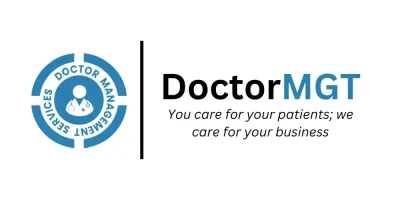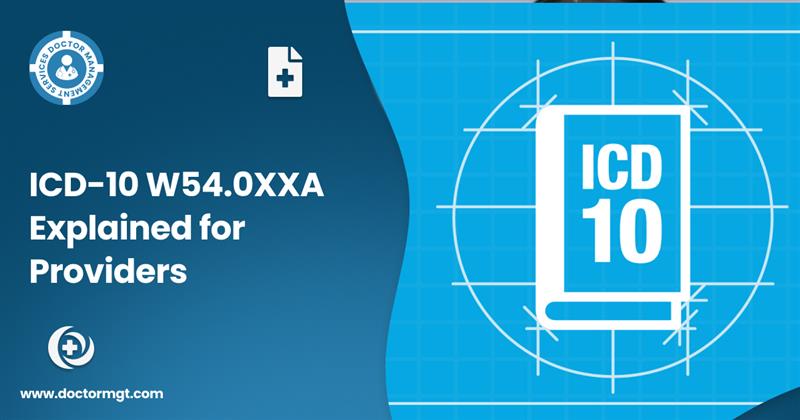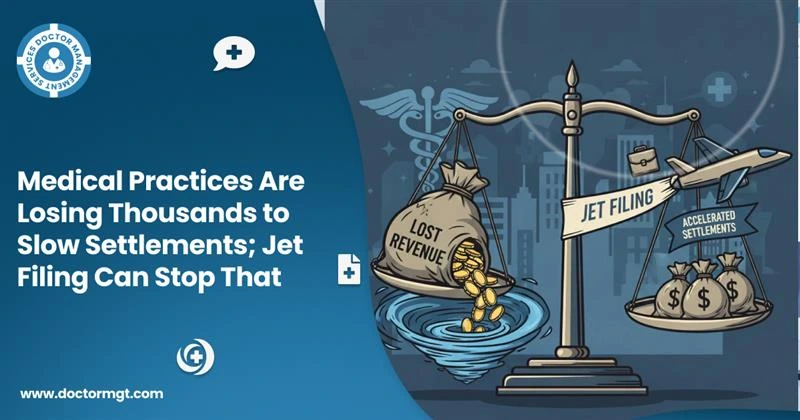Dog bites won’t wait for an appointment. People with dog bites will just show up at any urgent care or ER, often covered in blood and panicking. These situations can be very chaotic. The patient is suffering; the injury is still fresh. The front desk needs to hurry and get the information from the insurance company.
And all of this, of course, requires an accurate diagnosis code—and soon. That’s where W54.0XXA comes in. This is the ICD-10 code for “Bitten by Dog, Initial Encounter.”
You treat. You stabilize. You document. However, if your team codes it incorrectly, the claim may face denial or remain unprocessed.
The urgent care billing company commonly uses the code W54.0XXA as a generic identifier, and providers should use it with caution. This is especially true when coordinating multiple providers and facilities as well as various insurance scenarios at once.
What W54.0XXA Really Means
Proper documentation of a dog bite means that all medical providers, insurers, and researchers are working from the same data set once a patient comes in for treatment. Cases involving initial medical encounters related to dog bites specifically use the W54.0XXA code.
Let’s proceed to be more detailed. The code for “Bitten by dog, initial encounter” is W54.0XXA. This means this is the patient’s first active treatment visit for the injury. This is not a follow-up visit. Not a rehab. The first visit.
This is important because billing for initial encounters has different requirements than for subsequent visits. Now, let’s be honest, you aren’t just caring for the injury. You are practicing infection prevention — maybe suturing, maybe rabies exposure. The medical record must document all entries; replicating this in the billing documentation is therefore important.
Breaking Down ICD-10 Code W54.0XXA
Before discussing further applications, let’s break down the components of this code. Each section of W54.0XXA has a unique purpose:
- W54 indicates that the injury pertains to an interaction with a dog.
- 0X specifies the injury as a dog bite.
- XA identifies that this encounter is the initial visit for the injury.

This careful arrangement makes medical records specific so they can be easily distinguished one code from another for example, in the case of an initial encounter (“XA“), a subsequent visit (“XD“) or a complication that occurred later on (“XS”).
Complementary Codes for Comprehensive Documentation
Dog bites mostly end in various injuries, from lacerations to infections. To ensure that the nature of the injury is well-documented, it’s important to supplement W54.0XXA with other codes, such as:
- S50.871A for open wounds on specific body parts.
- T81.4XXA for tracking infections stemming from the injury.
The use of these codes provides a comprehensive understanding of the patient’s condition and thus simplifies the billing process.
How ICD-10 W54.0XXA Impacts Medical Billing
While dog bite incidents can be random. Getting these incident documents is a whole different ball game. For California emergency group medical billing services, dog bites are often the source of complications that require additional information during the claims process.
Emergency care billing experts must understand the following:
- Use Precise Codes: Connect the W54.0XXA code with the details of the injury’s severity and the exact body part of the injury via other codes.
- Check for Vaccines: The patients might as well need rabies or tetanus vaccines. This should be mutually billed along with the care of the injury.
- Documentation Is Key: Proper information in the clinical notes about the encounter will ease the reimbursement process and will lead to a decrease in denials from the payers.
Real-Life Applications of Proper Coding and Documentation
To explain why we should use W54.0XXA correctly, assume the following scenarios:
1. Emergency Department Visit for Dog Bites
A patient enters with a bloody gash on their arm after a dog attack. So the doctor codes the case with W54.0XXA for the dog bite and adds appropriate codes for the open wound and risk of infection. The billing department might miss vital reimbursements by the payer if this is not coded thoroughly.
2. Primary Care Follow-Up
The filling wound will later cause swelling around it, and therefore the patient comes to their primary care physician. At this point, XD (next encounter) replaces XA (first encounter), which shows ongoing care coordination management.
The Public Health Significance of ICD-10 W54.0XXA
Not just for billing and medical records, researchers can monitor patterns of dog bites and their characteristics using ICD-10 codes. For instance, more than 4.5 million cases of dog bites happen every year in the U.S., according to CDC data. Efficient use of W54.0XXA gives researchers and policy authorities the ability to:
- Know the demographics and areas that are hit hardest.
- Customize information campaigns to prevent dog bites.
- Enhance response plans in disaster-prone regions.
Aside from improving awareness, documentation is critical for healthcare providers (we work with healthcare providers across the PI lien collections industry, which means proper documentation can be the difference between being paid and writing off a solution altogether).
Making Sure Everything Comes Up to Scratch
Here are a few proven best practices for healthcare providers to keep in mind when handling codes for ICD-10:
- Continuous Education: Clinicians and billing personnel need appropriate training, as necessary, to remain updated on the constantly changing standards of ICD-10 codes.
- Perform Regular Audits: Periodic audits should be performed to ensure the correct code is applied. This process prevents any possible lost revenue.
- Use Software Tools: Make use of excellent medical billing software that integrates with ICD-10 and enhances dermatologist documentation while submitting claims without errors.
Key Takeaways for Healthcare Providers
What It Means for Healthcare Providers
- Coding precision is essential for smooth medical billing and proper patient treatment.
- W54.0XXA is one of many dog-bite codes, which must always be paired with a more specific injury code.
- Coding each encounter type (e.g., initial, subsequent, or sequela) is essential for clarity in medical records and insurance claims.
- Accurate documentation enhances public health data, which in turn benefits U.S. communities.
The True Cost of a Dog Bite Isn’t Always Obvious
Most doctors typically overlook the fact that a dog bite is not just a bite, but also a puncture wound. Infection risk, missed work, emotional trauma, and potential legal action are all factors to consider. Your billing should be as thorough as your clinical care.
W54.0XXA doesn’t work in a vacuum. It is generally associated with multiple CPT codes—such as tetanus toxoid administration, wound care, and even plastic surgery when scarring is severe. Your coding and documentation should reflect the full scope of care, not just the bite.
Furthermore, be careful to verify your EHR and see if your coding agrees with your billing. Although it may seem apparent, discrepancies between notes and claims significantly contribute to insurers’ refusal to pay.
LAST NOTE: STAY READY, STAY PAID!
Dog bites, they will always be. Patients will continue knocking at the door seeking your help. From toddlers nipped by the neighbor’s golden retriever to joggers attacked by a stray, your job is to treat, record, and bill.
W54.0XXA is just one piece of that puzzle — but a crucial one.
If you are working with a medical billing team that understands urgent care, emergency billing, and PI lien collections, you are ahead of the game. Because in today’s health care world, getting paid relies on being exacting.







